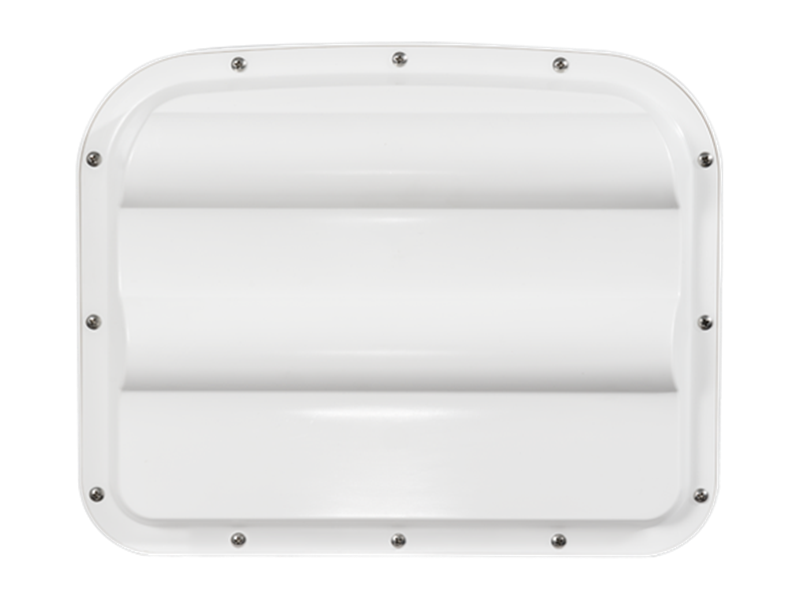Integration of Microwave Vehicle Detector and Intelligent Transportation System

With the acceleration of urbanization and the surge in car ownership, problems such as traffic congestion and environmental pollution have become increasingly prominent, becoming one of the bottlenecks restricting economic and social development. The Intelligent Transportation System (ITS) has received widespread attention as an effective means to alleviate these problems. As an important component of ITS, microwave vehicle detectors have gradually become one of the main tools for traffic information collection due to their advantages of all-weather operation, multi lane detection, high-precision detection, and low maintenance costs.
The microwave car inspection device mainly consists of a transmitter, a receiver, a processor, and a display. When working, the transmitter emits microwave signals to a specific area. When a vehicle passes through the area, the microwave signals are reflected back by the vehicle. After the receiver receives the reflected signal, the processor analyzes the signal, calculates the speed, position, type, and other information of the vehicle, and presents this information to the user or sends it to the traffic management center through a display or network. The working process of microwave car inspection equipment can be divided into five steps: signal transmission, signal reflection, signal reception, signal processing, and information output. The following image shows Wavetronix’s Smartsensor microwave vehicle detector.

The microwave vehicle detector has the following technical advantages: firstly, it is not affected by changes in light, rain, snow and other adverse weather conditions, and can work normally in various environments, ensuring the continuity and reliability of traffic information collection; Secondly, it can simultaneously detect traffic information from multiple lanes without interrupting traffic for installation or maintenance, greatly reducing the impact on traffic; Again, it can accurately detect the position, speed, type, and other information of vehicles, and has high accuracy in collecting traffic data such as traffic flow, average speed, vehicle type, and lane occupancy rate; Finally, its installation and maintenance are relatively simple, reducing the risk of traffic interruption caused by equipment failures and resulting in lower long-term operating costs.
The integration of microwave vehicle detectors with intelligent transportation systems has played an important role in multiple aspects. In terms of traffic information collection, microwave vehicle detectors can collect real-time road traffic information, including vehicle speed, traffic flow, lane occupancy rate, vehicle type, headway, etc. These data are the foundation for traffic management and decision-making in intelligent transportation systems. The collected data is transmitted to the traffic management center through the network to achieve centralized management and analysis of traffic information. For example, traffic management departments can install microwave vehicle detectors on major roads and key intersections to monitor traffic flow and vehicle speed in real time, detect traffic congestion points in a timely manner, and take corresponding measures.
In terms of traffic guidance and management, intelligent transportation systems can release road condition information through the traffic guidance system based on real-time traffic information provided by microwave vehicle detectors, guiding drivers to choose the optimal driving route, avoiding congested sections, and improving road utilization. For example, the Beijing Municipal Administration of Transport has installed microwave vehicle detectors on major roads, combined with intelligent traffic signal control systems, to achieve real-time monitoring of traffic flow and dynamic adjustment of signal timing. The system operation results show that the traffic congestion index has decreased by 20%, and the efficiency of citizens’ travel has significantly improved.
In terms of traffic safety warning, microwave vehicle detectors can detect the dynamics of vehicles and pedestrians in real time, and issue warnings in advance through intelligent warning systems to remind drivers and pedestrians to pay attention to safety and prevent traffic accidents. For example, in Pudong New Area, Shanghai, microwave vehicle detectors have been installed at multiple intersections, combined with video surveillance systems, to achieve real-time monitoring of pedestrians and non motorized vehicles, effectively reducing the incidence of traffic accidents.
In terms of traffic incident management, when a traffic accident or other emergency occurs, microwave vehicle detectors can quickly detect abnormal situations and transmit information to the traffic management department to help respond and handle quickly, reducing the impact of accidents on traffic. For example, the Guangzhou Traffic Management Bureau has installed microwave vehicle detectors on highways and urban expressways, and established a dynamic traffic incident detection system. Since the system was put into operation, the time for handling traffic accidents has been significantly reduced, and traffic congestion has been effectively alleviated.
In terms of traffic data analysis, intelligent transportation systems can use data collected by microwave vehicle detectors, combined with other traffic information sources, to conduct in-depth analysis, explore traffic patterns and trends, and provide scientific basis for traffic planning and management. For example, the Shenzhen Transportation Research Center has analyzed historical traffic data, predicted future changes in traffic flow, developed reasonable transportation planning schemes, and effectively improved road capacity.
Although the application of microwave vehicle detectors in intelligent transportation systems has achieved significant results, there are still some technical and application challenges. For example, the detection accuracy and stability of microwave vehicle detectors in complex traffic environments still need to be further improved; The application of multi-sensor fusion technology still requires more research and practice; Data security and privacy protection issues also need to be given sufficient attention. In the future, with the development of new technologies such as 5G, the Internet of Things, and artificial intelligence, the integration of microwave vehicle inspection devices with intelligent transportation systems will become even closer. For example, the high bandwidth and low latency characteristics of 5G technology will provide stronger support for real-time transmission and processing of traffic information; The Internet of Things technology will achieve interconnectivity of transportation equipment and improve the level of intelligent traffic management; Artificial intelligence technology will enhance the ability of traffic data analysis and decision-making, providing more scientific basis for traffic management and planning.
